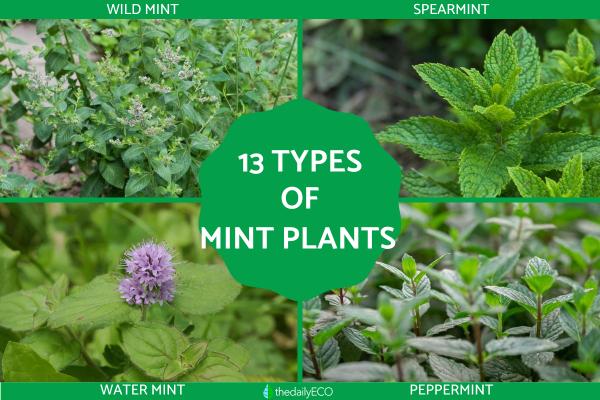
If you go to the grocer to buy some mint, you are not likely to have much of a choice. There is often more variation in types of mint found in gum than in our fresh produce. This is contrary to the fact there are many different types of mint plants which can be grown and used for various purposes. While all mint plants are herbaceous and fragrant, their character can vary. Some are very sharp, others more subtle. Some types of mint have a very earthy flavor, others are brighter and more piercing. While all mint plants will have green leaves, these can differ greatly in shape and size. You may not even be ware that mint is a group of flowering plants which also vary in appearance.
At thedailyECO, we discover 13 different types of mint plants so you can get to know this herb variety much better. Not only do we provide the names of these mint varieties, but we explain a little about their character and show photos so you can recognize them for yourself.
Wild mint (Mentha arvensis)
Also known as corn mint or field mint, wild mint can be kept both indoors and outdoors, Wherever you keep it, wild mint needs a place that receives partial shade. The soil must be able to retain some moisture, so do not have excessive drainage. This is needed to mimic its wild habitat since it commonly grows besides bodies of water such as rivers or streams.
This variety of mint is often used in wild garden projects, but it can be grown in your own garden. You should be careful if you have other plants near it as wild mint can grow quickly. It is a perennial and can take over space from some other plants in a planter.
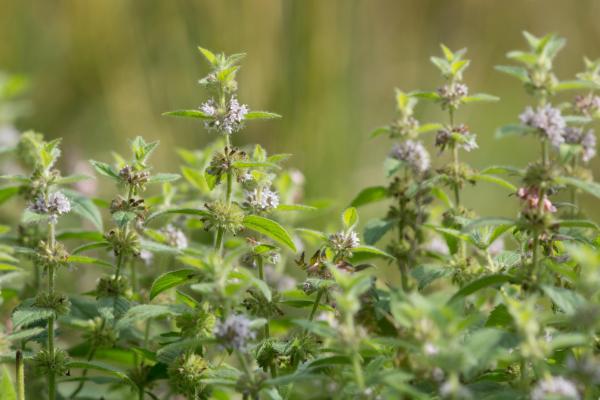
Spearmint or garden mint (Mentha spicata)
All the different types of mint plants we share here can be invasive in the right conditions. Perhaps the one most known for its ability to grow is spearmint, also known as common mint, lamb mint or mackerel mint. While it is native to Europe and parts of Asia, it is now found in temperate regions all around the world.
Its ubiquity is the reason we know it as common mint, but the reason we call it spearmint is thanks to its leaves. The spearmint's serrated leaves are lanceolate, meaning they are shaped like a lance or spear. Their produce purple flowers at the base of these leaves during the summer and require semi-shade to grow.
Spearmint is one of the most popular mint flavorings in various edible products. It can be drunk as an infusion on its own or added to many different savory or sweet dishes. It is rich in flavor, but it may also be able to help with digestion in certain cases. Learn more about leaf shapes in nature with our article on compound leaves in plants.
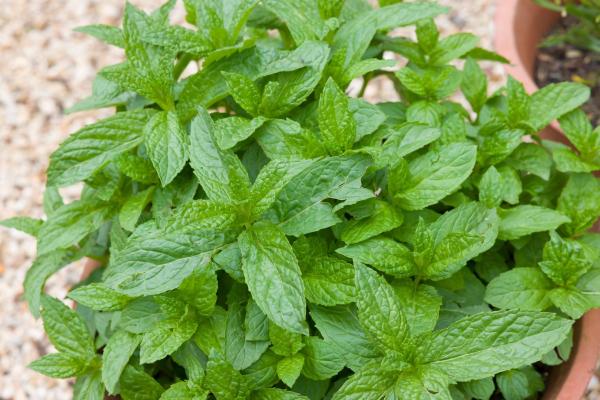
Water mint (Mentha aquatica)
Almost all mint varieties are perennial plants and water mint is no exception. The common name for this type of mint is thanks the to fact it is riparian, meaning it grows wild on the banks of rivers, ponds and lakes. In fact, this plant can even grow under water and be considered an aquatic plant in some circumstances. For those of us who want to cultivate water mint at home, we need to bear this in mind. The plant will need a lot of water.
Learn more about aquatic plants with our guide to underwater ecosystems.
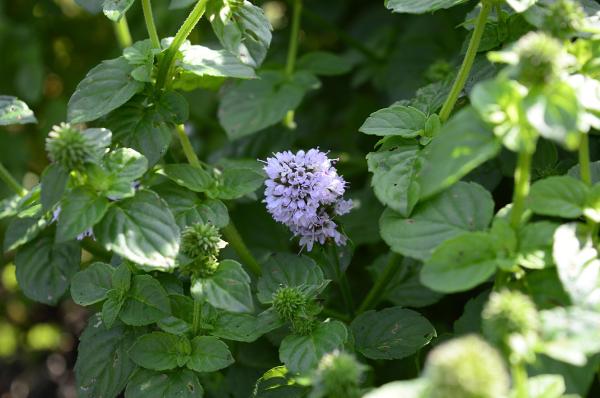
Pepperment (Mentha x piperita)
Peppermint is one of the most commonly cultivated types of mint. It was originally thought to be its own species, but is now believed to be a naturally occurring hybrid of spearmint (M. spicata) and water mint (M. aquatica). Peppermint is technically sterile and can only reproduce asexually. It occurs ideally in temperate zones and where there is shade.
We are likely aware of peppermint if we have used it in essential oils, drunk it in tea or even tasted it in our toothpaste. One of the reasons for its popularity is the fact it is one of the types of mint with the most menthol. This gives it a strong flavor which almost tastes spicy, the reason for its name. Its high concentrations of pulegone also make it a decent natural pesticide.

Horse mint (Mentha longifolia)
Among the mint varieties we share, horse mint mainly stand out for its relatively pale leaves. These can be green, but some are so pale they have shades of white or gray. It is an unusual and innovative alternative to more popular types of mint and can be included in certain recipes. It needs soil with very good drainage.
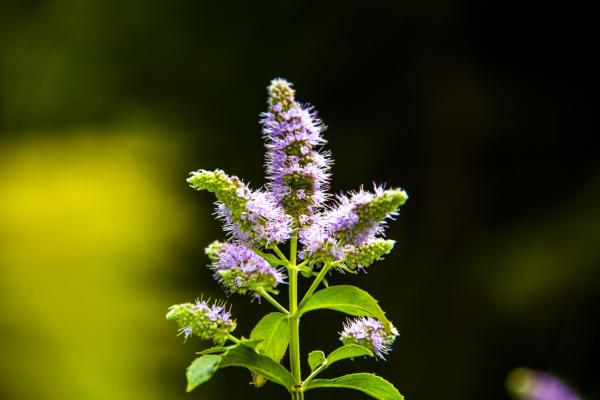
Eau de Cologne mint (Mentha citrata)
While all mint is known for its fragrant character, the scent of the eau de Cologne mint is so strong they have named it after a type of perfume. It is also known as orange mint or bergamot mint thanks to its floral and zesty aroma. This smell if derived from the high content of the chemicals linalool and linalyl acetate.
Although eau de Cologne mint is popular due to its fragrance, it is also well known for its beautiful flowers which make them popular among horticulturalists as much as cooks. It is a cultivated hybrid with the advantage of not being demanding in terms of soil quality, although it must always be humid.
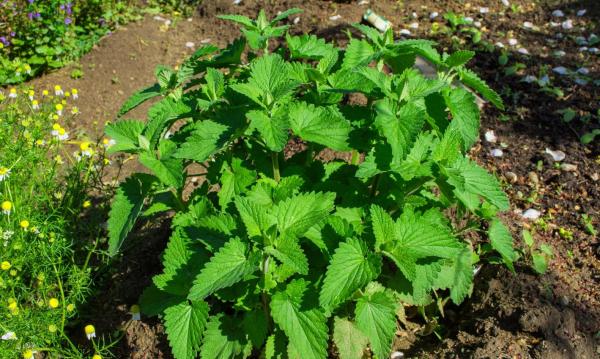
Apple mint (Mentha suaveolens)
It produces very tall stems of 90 cm/35" which makes them one of the tallest types of mint plants. This mint has a slight apple aroma from which it derives one of its common names. They are also known as wooly mint. This is thanks to the downy hair-like structures on its stems and leaves which are softer on the underside. A varietal known as pineapple mint is very similar, but has variegated leaves of white and green.
Find out how to care for different types of herbs with our article on caring for different thyme plants.

Corsican mint (Mentha requienii)
In contrast to the tall stems of apple mint is the low-growing Corsican mint. It grows so low, it appears a s a mat across the ground which releases its characteristic minty aroma. Not only does it grow low to the ground, but the leaves of Corsican mint are relatively small, measuring just 7 mm in diameter. Growing on the ground is beneficial for this type of mint since it needs a lot of shade. Can be a great indoor plant or used as a soil covering.
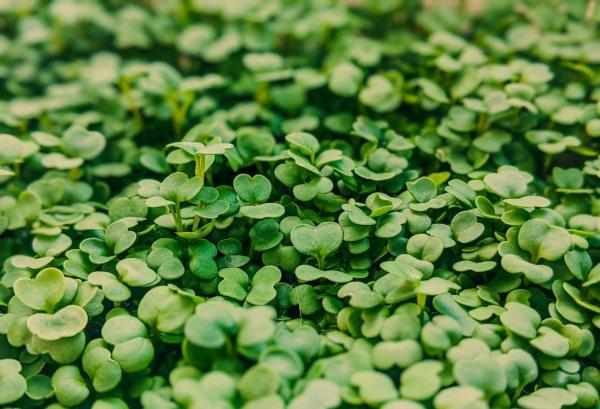
Pennyroyal (Mentha pulegium)
This type of mint is very aromatic and produces both creeping and erect stems. It requires abundant watering. It is also sometimes known as mosquito mint as it has been used to keep away pests from the home. Unlike the other types of mint listed so far, pennyroyal is considered toxic to humans. While it can be used as a herbal infusion without serious side effects, it should be avoided in pregnant women due to possible abortifacient effects. Pennyroyal essential oil is considered toxic and should not be consumed by anyone.

Hart's pennyroyal (Mentha cervina)
The leaves of the hart's pennyroyal extremely thin and needle-shaped. They almost resemble the leaves of different rosemary plants, although they are softer to the touch. Unlike most mints, it blooms in the fall as well as in summer. It requires growing in soil that is always humid or even submerged in up to 10 cm/4" of water.
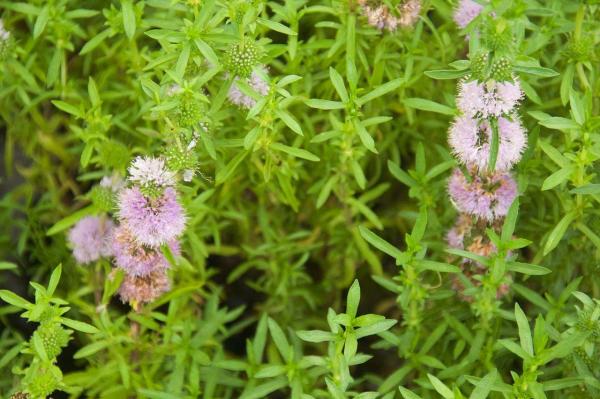
Small dole (Mentha spicata 'Small Dole' (v))
We are looking at the different types of mint, but even within a given type there may be many more cultivars and varietals. One of the most numerous are those which are considered variants of spearmint. Small dole mint is just one. It is a type of spearmint with variegated leaves which change to green depending on the time of the season.
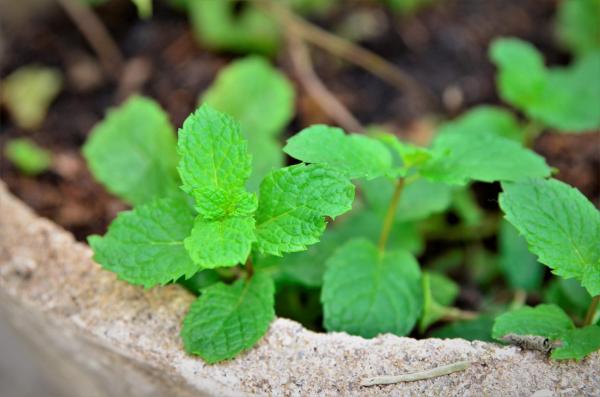
Curly peppermint (Mentha spicata var. crispa)
A varietal of another type of mint is the curly peppermint. It stands out for having large and curly leaves on its margins. It is also a tall type of mint which grows up to 60 cm/24" in height. It needs to be sheltered from strong winds, it can be in direct sun or semi-shade and it always needs moist soil.
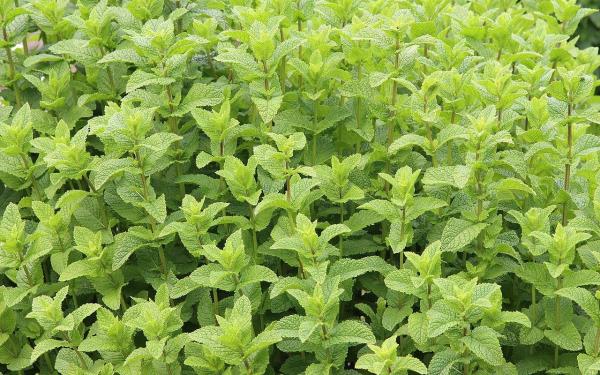
Banana mint (Mentha arvensis L. 'Banana')
Like apple mint, this variety is very special because it produces an aroma reminiscent of banana when the leaves are crushed. As with all the other types of mint on our list, it is a flowering plant which can be used for its status as a type of ornamental plant.
All types of mint are also considered spermatophytes. Learn what this means with our article on the definition and examples of spermatophyte plants.

If you want to read similar articles to Different Types of Mint Plants, we recommend you visit our Plant care and cultivation category.
- Royal Horticultural Society (nd) Mint. Available at: https://www.rhs.org.uk/plants/search-results?form-mode=true&query=mint